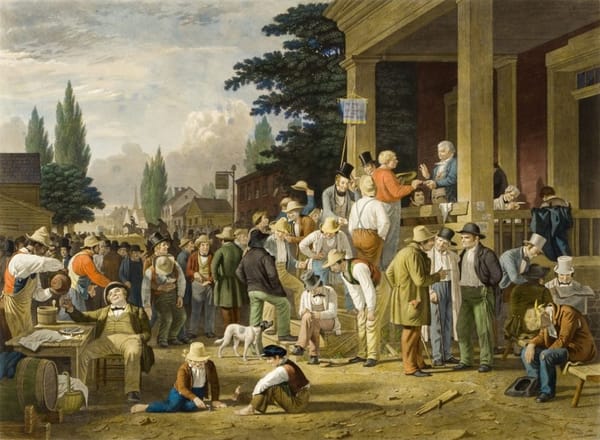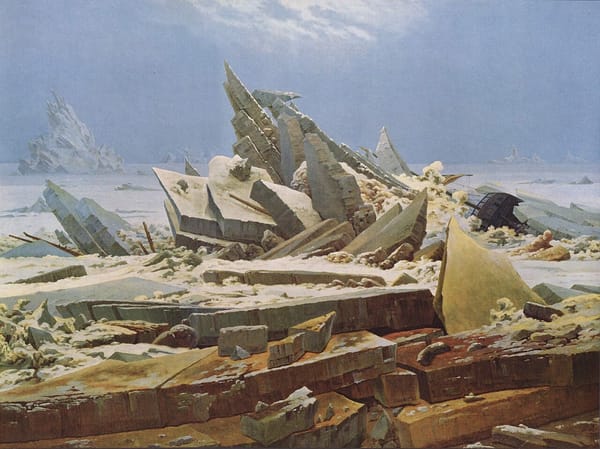The Canary in the Coal Mine: Tocqueville and the Forgotten Freedom of Faith

“Despotism may govern without faith, but liberty cannot. Religion is much more necessary in the republic which they set forth in glowing colors than in the monarchy which they attack; and it is more needed in democratic republics than in any others” (Alexis de Tocqueville, Democracy in America, 1831).
The paradox could not be sharper. What modern intellectuals dismiss as marginal or outdated—religious freedom—Tocqueville identified as the essential condition of a republic. And yet, in our time, freedom of conscience is treated as a curiosity of the past, a niche concern of believers, or worse, a license for prejudice. This dismissal is not progress. It is the canary in the coal mine.
“What seems irrelevant today is the unseen guardian of every other liberty.”
The image of the canary is apt. Miners once carried the birds underground because they were more sensitive to invisible toxins like carbon monoxide. Their silence meant danger long before humans could sense it. Religious liberty functions in much the same way. Its erosion is the first and most reliable sign of a society poisoned against freedom itself.
Freedom of conscience is not a narrower privilege reserved for the religious; it is the broader principle from which freedom of religion flows. Religion is one of the most powerful expressions of conscience, but not the only one. To protect religious liberty is therefore to protect the integrity of the human person—the ability to live according to conviction, to refuse coercion, to stand apart from power. After the bloodshed of Europe’s religious wars, John Locke argued in his Letter Concerning Toleration (1689) that government exists to safeguard “civil interests”—life, liberty, health, property—not to govern belief. Faith, he insisted, cannot be commanded; it must be persuaded. “The care of souls is not committed to the civil magistrate,” because the state has neither the authority nor the competence to direct conscience. For Locke, compelled religion produced only hypocrisy, while genuine faith required inner freedom. A century later, Thomas Jefferson sharpened the point, pledging “eternal hostility against every form of tyranny over the mind of man.” His warning was not simply political; it was a declaration that the independence of thought and belief is the first condition of liberty. Aleksandr Solzhenitsyn, speaking after years in the gulag, gave the same truth a religious register, warning in his Templeton Address that the calamities of the modern age stemmed from one cause: “men have forgotten God.” For him, conscience and faith were inseparable—the inner space where truth is defended against the lies of power. Jefferson, standing against democratic majorities, and Solzhenitsyn, resisting a totalitarian empire, converge on the same lesson: conscience is the first wall against tyranny, and religion is one of its strongest fortifications.
"Conscience is the first wall against tyranny, and religion is one of its strongest fortifications."
Pluralism is not peace by homogeneity but peace through tension. Alasdair MacIntyre and Leszek Kołakowski, both defectors from Marxist utopianism, came to see that freedom is sustained not by ideology but by the messy endurance of rival traditions. Their journeys underscore the deeper point: freedom survives not in a perfected order but in the courage of people willing to dissent.
Europe learned this lesson through blood. The religious wars of the sixteenth and seventeenth centuries taught that enforced orthodoxy destroys peace. The 1555 Peace of Augsburg and the 1648 Peace of Westphalia, though flawed, were attempts to contain sectarian strife. America radicalized the lesson. With dozens of Protestant denominations, alongside Jews, Catholics, Quakers, and dissenters, establishment was not only unjust but politically impossible. Religious diversity became the seedbed of liberty. Madison’s Memorial and Remonstrance and Jefferson’s Statute for Religious Freedom codified the conviction that devotion must be free, not compelled. Religious liberty was born not of theory but of blood, conflict, and hard-won compromise.
Modern researchers confirms what Tocqueville saw. As Knox Thames, Senior Visiting Expert at the U.S. Institute of Peace and longtime U.S. State Department Envoy on religious minorities, recently put it:
“There can be no durable peace without religious freedom. There may be the cold peace of a cessation of hostilities. However, lasting peace will not come until people can live together, recognizing the rights of their neighbors to pursue truth as their conscience leads without fear of discrimination or violence.” Knox Thames quoted in a BYU post
Why, then, does religious liberty feel embattled in our supposedly liberal age? In the United States, jurisprudence has swung from strong protection (Sherbert v. Verner, 1963) to retrenchment (Employment Division v. Smith, 1990), and back toward renewed attention in cases like Hobby Lobby (2014) and Carson v. Makin (2022). Yet decisions such as Masterpiece Cakeshop reveal an unresolved conflict between conscience and anti-discrimination norms. The struggle is no longer over whether conscience matters, but over whose conscience can be lived publicly.
Europe goes further. French laïcité insists on “freedom from religion,” cleansing public life of faith. Britain’s Nadia Eweida won her right to wear a cross; but registrar Lillian Ladele, unwilling to officiate same-sex unions, lost her job and her case in Strasbourg. German “constructive neutrality,” by contrast, integrates religious communities into welfare and education.
What is required now is courage and imagination. Kołakowski warned against the illusions of perfect freedom detached from tradition. MacIntyre argued that moral coherence requires practices embedded in communities. Together they remind us that liberty depends on the courage to dissent, and dissent depends on conscience.
“Religious freedom is not a relic. It is the structural condition of pluralism itself.”
A model of “constructive pluralism” offers the way forward: the state need not be hostile to faith, but can recognize religious communities as assets, not threats. The German example—imperfect but resilient—shows how partnership rather than suppression can protect conscience from the storms of ideology and populism.
Religious freedom is not an isolated claim for believers. It is the keystone of liberty, the sensitive test of whether a society can tolerate difference without coercion. To dismiss it as irrelevant is to misunderstand its role entirely. It is the first freedom, the most fragile, the most revealing.
“Despotism may govern without faith, but liberty cannot.” Tocqueville’s words ring true for our moment. Religious freedom is not an anachronism—it is the unseen guardian of every other freedom, the canary that checks if the democratic air remains breathable.






